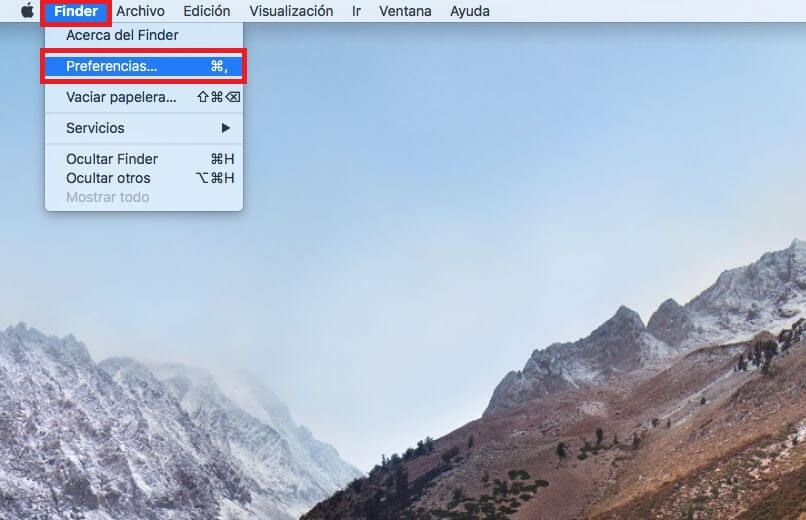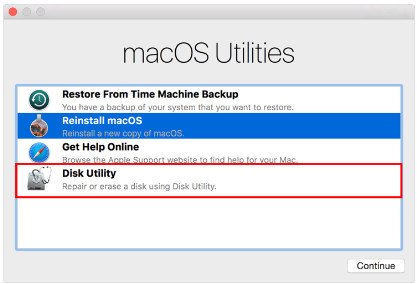

- Mac os 10.14 trash secure delete mac how to#
- Mac os 10.14 trash secure delete mac full#
- Mac os 10.14 trash secure delete mac pro#
- Mac os 10.14 trash secure delete mac software#
- Mac os 10.14 trash secure delete mac series#
On Macs you always had to use Internet recovery or an external disk, so I think the biggest gains probably just come from not downloading a complete installer which takes forever. It’s definitely not fast, but it does work surprisingly well. Not, actually, that dissimilar to the way iOS updates are done, with integrity and diffs downloaded, then the image is locally assembled and verified. I guess the Windows process is like a combination of using the Recovery partition and files on the disk that are already present. The same process can also be staged from external media, so if even your partition layout is broken and the reliability process doesn’t work to verify the installation, you can still bring it back by booting from USB or other media. Certainly it’s not as pure and beautiful as the Mac approach, but it’s hard to argue that it doesn’t give you essentially the same outcome, and it’s now reliable enough to use in practice (it’s often recommended as a “solution” to OEM bloatware, since after the reset you still get necessary hardware drivers). It amounts, nowadays, to carefully staging the files needed for a fresh Windows install, booting into the recovery environment, then scrubbing all files that aren’t part of an updated and potentially cloud-downloaded installation, optionally keeping your stuff and/or OEM modifications. You can read Microsoft’s OEM documentation for Push-button Reset here. But this is Apple, so they probably just threw their hands in the air and did it themselves using encryption in dedicated hardware.) This was famously of great concern when Find My iPhone/Mac was being used to erase a lost device. (You can try, for instance using TRIM against all blocks, zeroing all blocks, or issuing ATA Secure Erase commands. FileVault or no, unless you’re in control of the storage hardware, you can’t guarantee erasure. Thinking about it a bit, it occurs to me that the pre-T2 issue that storage cannot be easily erased is probably the bigger concern. It may not have looked like a major new feature in Monterey, but you’ll recognise it as one when you’ve used it.

As Big Sur and Monterey feature signed and sealed System volumes (SSV), you know that the System volume hasn’t been and can’t be tampered with, so it serves no purpose reinstalling that.ĮACAS is a thoroughly practical tool, as well as an elegant demonstration of the benefits of the SSV and Secure Boot. Its strength in many cases is that it leaves the System volume alone, so doesn’t require reinstalling macOS.
Mac os 10.14 trash secure delete mac full#
And it’s a good alternative to some situations in which you might previously have put an M1 Mac into DFU mode and performed a full restore. For those who like to give their Mac a really ‘deep clean’, it’s as thorough as you need.
Mac os 10.14 trash secure delete mac software#
You might also choose to use it on a Mac which you travel with, after visiting areas where your Mac could have unwanted software installed on it. If you employ someone who uses a Mac, and they leave, this is the perfect way to prepare their Mac for their successor. There are other situations in which it’s now the preferred way to clean your Mac thoroughly.

Not only is it simple, quick and reliable, but the Mac’s new user will then receive your old Mac in factory condition, as new.ĮACAS is more versatile too.
Mac os 10.14 trash secure delete mac pro#
I’ve recently done this with my old M1 MacBook Pro 13-inch. You can start this process simply by opening System Preferences, where you’ll find the new command in the app menu.

The penalty for getting it wrong could also be serious, in handing that Mac’s next user your sensitive data. These are fiddly and time-consuming processes, with a significant risk of error. You clearly don’t want to overwrite it all, rather to destroy its encryption keys by erasing its boot volume group, which then requires you to reinstall macOS and shut the Mac down when that reaches the personalisation stage. The penultimate step remains the most controversial, particularly when the internal storage is an SSD.
Mac os 10.14 trash secure delete mac how to#
I have, as you might have expected, several articles here about how to prepare a Mac to be passed on to someone else. What you may not have realised yet is how powerful and useful this is.
Mac os 10.14 trash secure delete mac series#
If you have an Intel Mac with a T2 chip or one of the M1 series Macs, you’ll no doubt be aware of the introduction in Monterey of the new feature to Erase All Contents and Settings (EACAS).


 0 kommentar(er)
0 kommentar(er)
